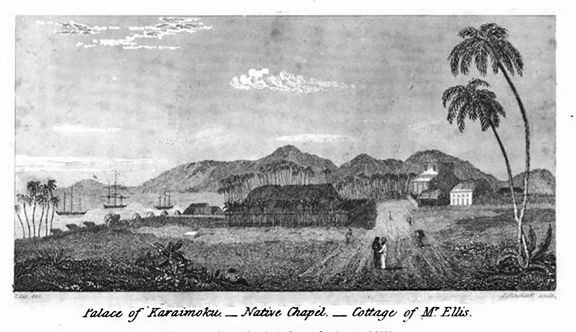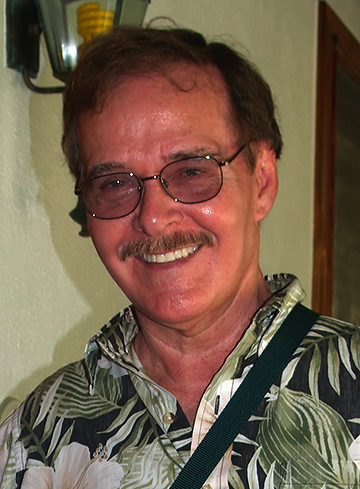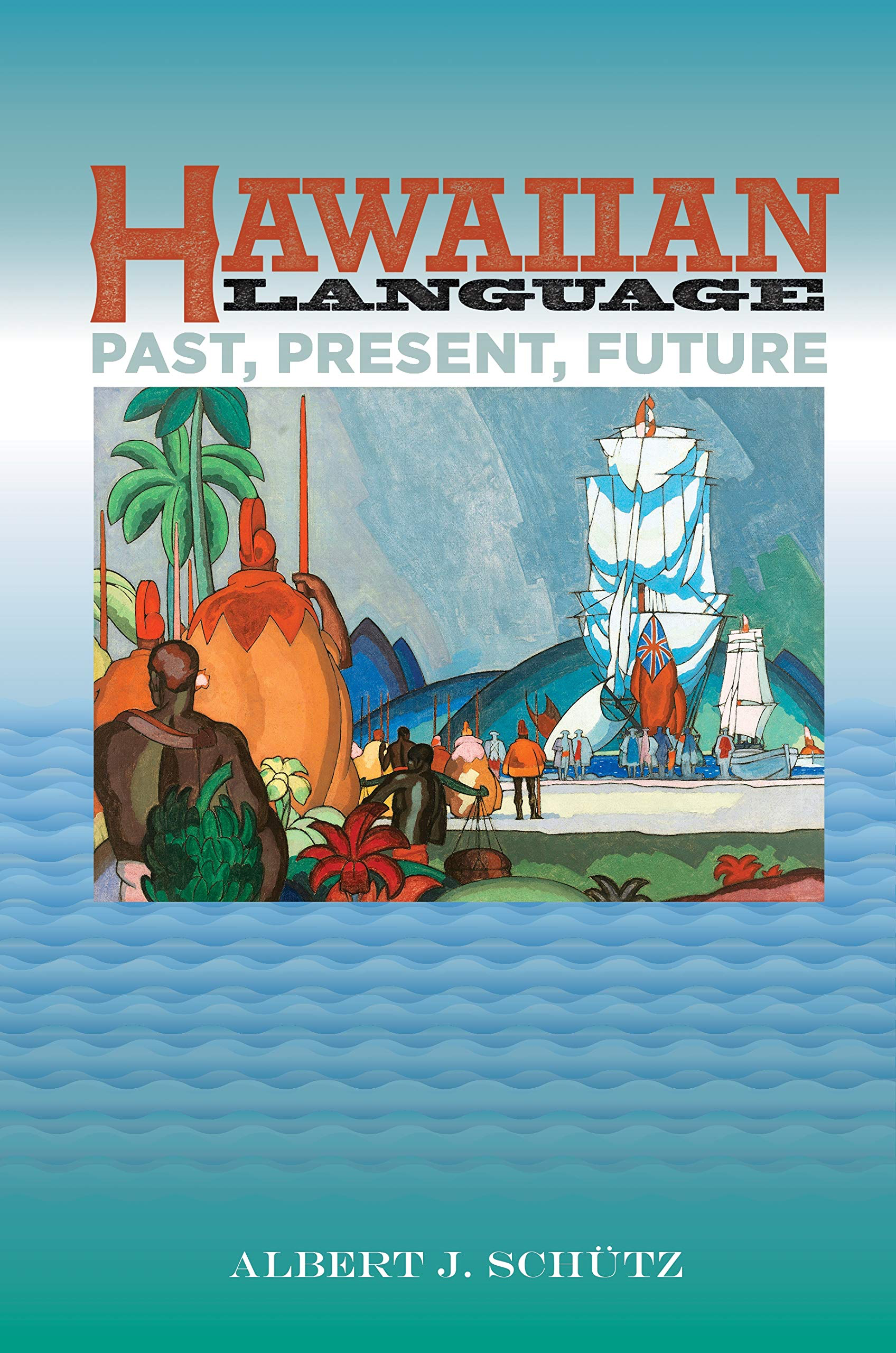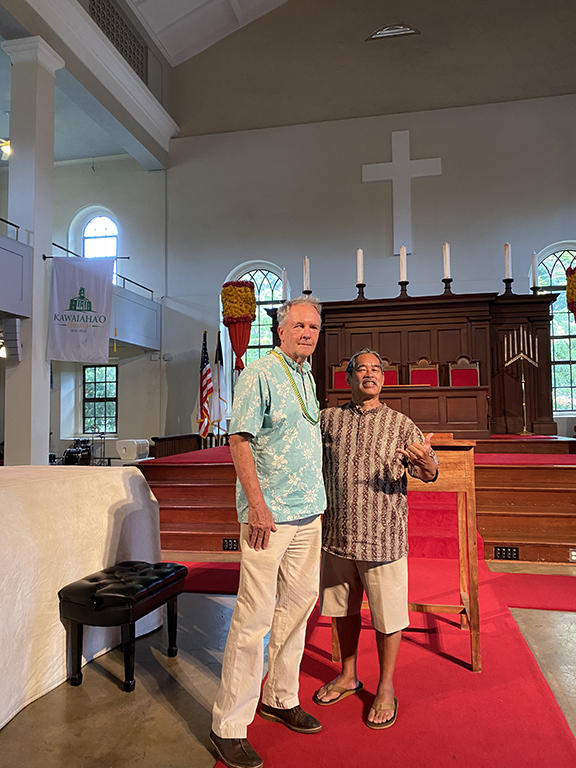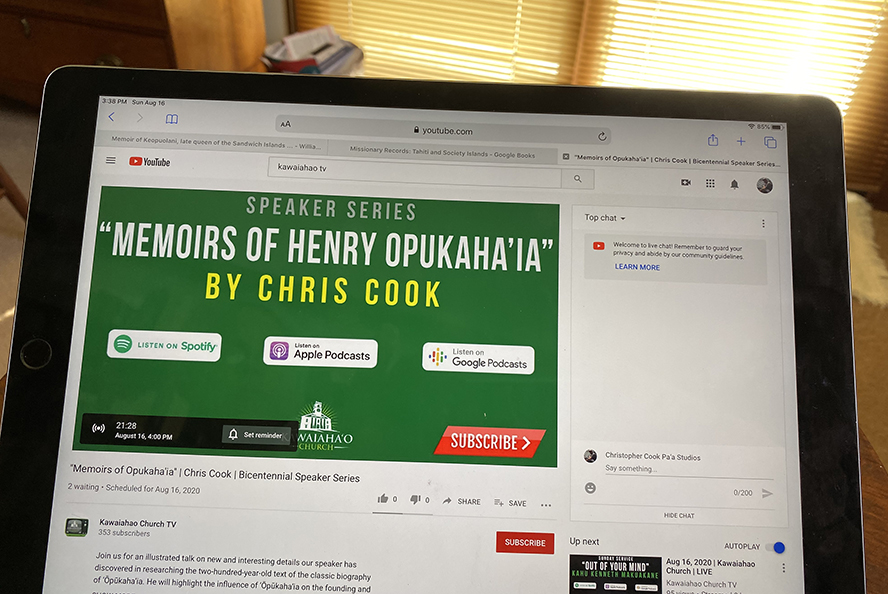The Pilgrim ship the Mayflower arrived off Cape Cod four hundred years ago today, on November 9, 1620.
The pioneer Hawai‘i Mission company sailed aboard the brig Thaddeus, a ship known in its day as the Mayflower of the Pacific, departing for the Hawaiian Islands from the Long Wharf in Boston on October 23, 1819. This 163-day voyage taken around Cape Horn brought evangelical Christianity to Hawai‘i, changing the Islands forever.
The sending of the American Board of Commissioners for Foreign Missions company came at the request of Native Hawaiian scholar Henry ‘Ōpūkaha‘ia. Henry died of typhus fever at about the age of thirty at the Foreign Mission School in Cornwall, Connecticut in February 1818. His dying wish was to return to Hawai‘i and to fulfill his plans to join with American missionaries in bringing the Gospel to the Hawaiian Islands.
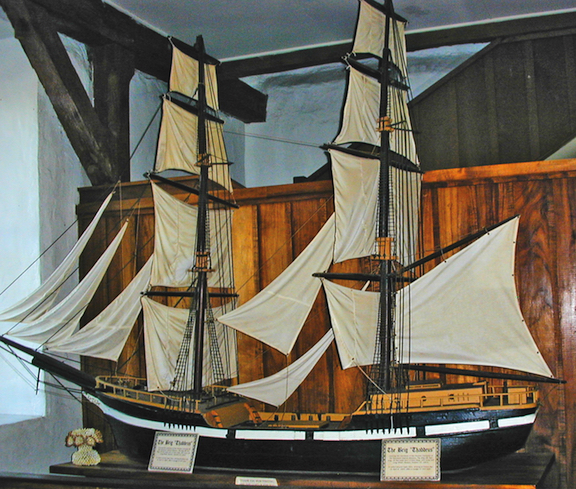
The Rev. Lyman Beecher, pastor of the Litchfield Congregational Church in Litchfield, Connecticut mentored ‘Ōpūkaha‘ia following his baptism at Torringford, Connecticut in 1814. Henry and his fellow Hawaiian scholars at the Foreign Mission School in Cornwall, Connecticut were welcomed into the Beecher home. Beecher rose to become one of the most renowned ministers in New England in the 1820s. The Litchfield pastor preached the sermon at Henry’s funeral at the Cornwall Center Cemetery in February 1818.
Lyman Beecher presents a clear picture of the Pilgrim-Hawai‘i tie in his landmark sermon “The Memory of Our Fathers” given at Plymouth in November 1827. Beecher told the gathering, “If we look at our missionaries abroad [n.b. in Hawai‘i, Ceylon, Burma, elsewhere], and witness the smiles of heaven upon their efforts, our confidence, that it is the purpose of God to render our nation a blessing to the world, will be increased. In talents, and piety, and learning, and doctrine, and civil policy, they are the legitimate descendants of the Puritans.”
In the United States Capitol Building in Washington D.C. hangs a grand painting of the Pilgrim departure from Holland. Pilgrim leader William Bradford. In his book History of Plymouth Plantation, the first book written in New England, Bradford quoted their pastor John Robinson who declared a prophecy over the departing Pilgrims. Bradford, rather than seeing the Pilgrims as just fleeing the Old World for religious freedom, portrayed Robinson as sending off the Pilgrims as missionaries. Bradford emphasized this by quoting Robinson:
(They had) a great hope & inward zeal they had of laying some good foundation, or at least to make some way thereunto, for ye propagating & advancing ye gospel of ye kingdom of Christ in these remote parts of ye world; yea, though they should be but as stepping-stones unto others for ye performing of so great a work.
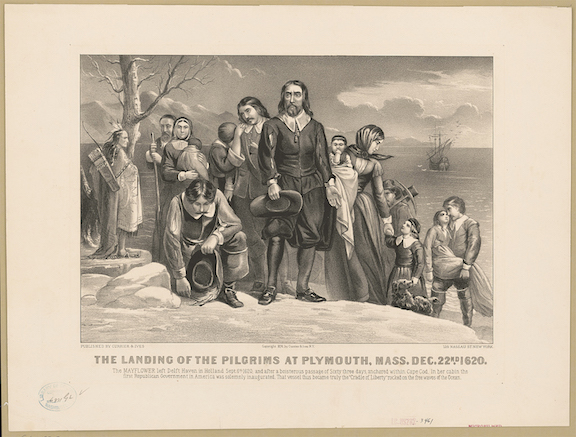
FUTURE EVENTS
Grand plans to commemorate in April 2020 in Hawai‘i the arrival of the pioneer Mission Company, and in November 2020 in Plymouth, Massachusetts the arrival of the Pilgrims, have both been postponed due to the covid-19 epidemic.
Keep an eye on the Hawaiian Mission Houses website for updates on a possible rescheduling for April 2021 of the postponed pioneer company arrival events.
In Plymouth, the events are now rescheduled for April 2021.
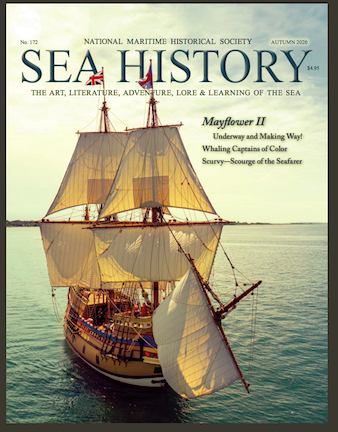
Events for the Hawai‘i Mission Departure Bicentennial were held in Boston at the Park Street Church, and across New England in October 2020.
Bicentennial events for the Hawai‘i arrival of the Sandwich Islands Mission had been planned for April 2020 in Kailua-Kona, in Honolulu, and in Waimea, Kaua‘i.
To celebrate the bicentennial of the formation of their church in 1820, the Historic Kawaiaha‘o Church in Honolulu has been hosting a monthly speakers series via youtube.com. Speakers focuses on the history of the historic church.

